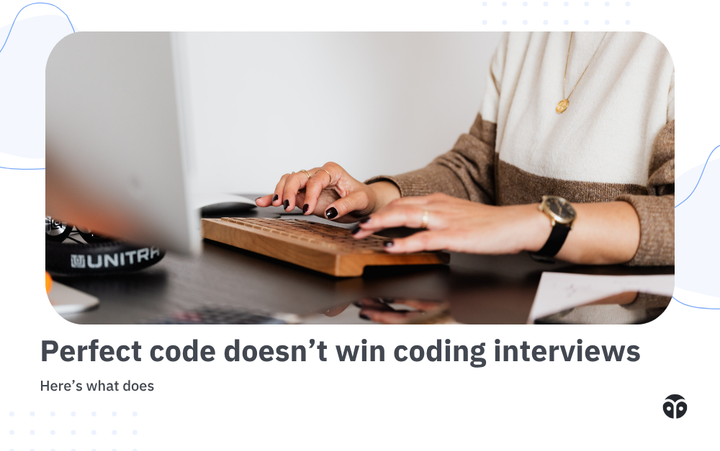How to use the STARR method during interviews
Use the STARR method to pass behavioral interviews using a structured approach to answering questions.

Interviews are tough. It’s hard to come up with concise, thorough answers to questions on the fly, especially if you’re nervous or trying to perform well.
That’s why we recommend preparing answers to possible interview questions using the STARR method. While you don’t know for sure what the interviewer is going to ask, it’s pretty likely that they will be looking for these valued engineering traits. By knowing and understanding these common traits that interviewers are looking for, you can work backward and use the STARR method to come up with examples or scenarios that demonstrate these traits.
What is STARR?
The STARR method is a structured manner of responding to a behavioral-based interview question by discussing the specific Situation, Task, Action, Result, and Reflection of the situation you are describing. The goal is to provide clear, concise, and organized answers to questions that ask for examples of your past behavior—“Tell me about a time when….”
Here’s how it works.
Situation: What was happening?
Set the scene. Describe the specific situation or context in which the experience took place. Provide relevant details and background information so that the interviewer has a clear view of the scenario.
Task: What was I trying to achieve?
Explain the task or challenge you faced in that situation and include what you were responsible for in trying to achieve the goal or solve the problem. Use “I” statements like, “I was tasked with…”
Action: What steps did I take?
Provide details on the specific actions you took to address the task or challenge and provide specifics that give enough information about what you did. Did you work with a certain team? Use a particular piece of software? Form a detailed plan? Those are the things your interviewer wants to know.
Result: What was the outcome?
Explain what happened. Show impact. The interviewer wants to know what difference your actions made. If you can, include metrics. For example, “As a result of my actions, we reduced the deployment time by 70%.”
Reflection: What did I learn?
Not every situation will have a learning, but if it does, talk about it. When you provide the interviewee with a learning or takeaway, you show you’re self-aware and treat experiences as learning opportunities.
Why use the STARR method?
The STARR method is great for interviews because it helps you give clear and well-organized answers. This way, you can easily show off your skills and how you've solved problems before. It makes your examples strong and believable and helps you stay calm because you know exactly how to structure your answers.
Framing your example using STARR will allow you to:
- Effectively answer a behavioral question.
- Share an easy-to-follow example that highlights your skill set without rambling.
- Show you have the required skills for the position.
- Give the interviewer insight into how you have used your skills and how you approach and solve problems.
Quick tips: Dos and Don’ts for STARR
To prove to an interviewer that you have the skills they need, give them an example of a time when you demonstrated the skills they’re looking for.
When preparing your answers, keep the following in mind:
Do’s
- Do take a moment to think about the question before answering
- Do provide a specific example from your past experience in your response
- Do set the stage and include all important details in the Situation you share
- Do include a Reflection (when applicable)
- Do use “I” statements
- Do be concise in your response
Don’ts
- Don’t rush into answering the question without taking a moment to gather your thoughts
- Don’t provide a hypothetical response
- Don’t assume the interviewer knows what you’re talking about
- Don’t share too many “we” statements
- Don’t ramble or include inconsequential details
Get tailored help with your job search
All Formation Fellows receive one-to-one sessions and feedback from technical recruiters. If you’re having trouble navigating your job search on your own, apply here and get unconditional support from a team of engineering mentors, technical recruiters, career coaches, and more.



